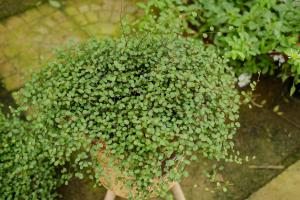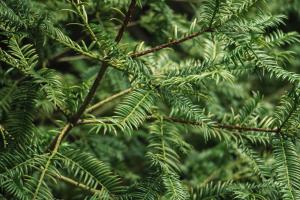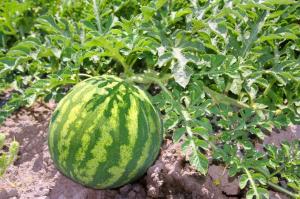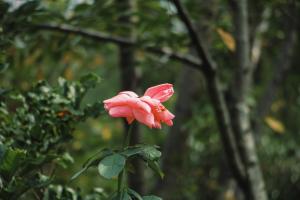When to Plant Sedum
Sedum is a drought-tolerant and low-maintenance plant that is easy to grow. It is a great addition to any garden or landscape, and is well-suited for rock gardens, borders, and containers. But when should you plant sedum? In this article, we will discuss the best time to plant sedum and the factors you should consider before planting.
Factors to Consider before Planting Sedum
Before planting sedum, there are a few key factors you should consider to ensure that your plants thrive.
1. Climate: Sedum is a hardy plant that can tolerate a range of temperatures, but it is important to choose a variety that is suited to your climate. Some sedum varieties prefer cooler temperatures, while others thrive in warmer climates. Make sure to research the specific variety you plan to plant to determine the best location and growing conditions.
2. Soil: Sedum prefers well-draining soil that is slightly alkaline. Before planting, make sure to amend your soil with compost or other organic matter to improve drainage and fertility.
3. Light: Most sedum varieties prefer full sun or partial shade, depending on the climate. Make sure that the location you choose receives the appropriate amount of light for your sedum variety.
Best Time to Plant Sedum
The best time to plant sedum depends on the climate and growing conditions in your area. In general, sedum is most commonly planted in the spring or fall, when temperatures are mild and rainfall is consistent.
Spring Planting
Planting sedum in the spring allows the plants to establish themselves before the heat of the summer. This is especially important in hot climates, where temperatures can soar in the summer months. Spring planting also allows the plants to take advantage of the natural rainfall that occurs during this time of year, which reduces the need for irrigation.
Fall Planting
Fall is also a good time to plant sedum, especially in areas with mild winters. Planting in the fall allows the roots to become established before the winter months, when the plant goes dormant. This means that the plant will be ready to grow in the spring, without the stress of transplant shock.
Summer Planting
While it is possible to plant sedum in the summer, it is generally not recommended. Summer planting can be stressful for the plants, as they may struggle to establish themselves in hot and dry conditions. If you must plant sedum in the summer, make sure to provide plenty of water and shade to reduce the stress of transplanting.
In conclusion, the best time to plant sedum depends on your climate, soil conditions, and the specific variety of plant you plan to grow. Spring and fall are generally the best times to plant sedum, but summer planting is possible with the right precautions. With proper planning and care, your sedum plants will thrive and add beauty to your garden for years to come.

 how many times do yo...
how many times do yo... how many planted tre...
how many planted tre... how many pine trees ...
how many pine trees ... how many pecan trees...
how many pecan trees... how many plants comp...
how many plants comp... how many plants can ...
how many plants can ... how many plants and ...
how many plants and ... how many pepper plan...
how many pepper plan...































